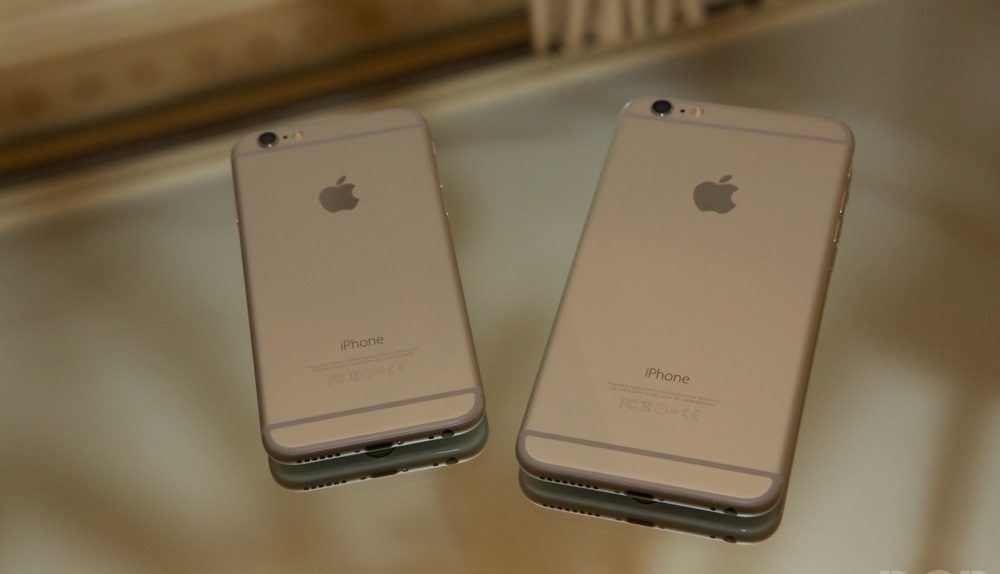The biggest controversy surrounding the launch of the iPhone 6 and 6 Plus isn’t their size, their software or their displays — it’s their unfortunate tendency to bend under pressure. The Internet went into an uproar this week when early adopters began complaining that their phones had begun to warp after sitting in their pockets over the weekend. Everything came to a head when a “bend test” video showed the iPhone 6 Plus being bent by hand.
DON’T MISS: ‘Bend but don’t break’ is a weak defense for the iPhone 6 Plus
But before you join the angry mob, it’s worth taking a step back and attempting to understand the issue at hand. Dr. Raymond Soniera, President of DisplayMate, has taken a more educational approach to what is quickly becoming a scandal even more potent than the antenna deficiencies Apple had to deal with during the launch of the iPhone 4.
Soniera begins his note with a caveat: the iPhone 6 and 6 Plus were not built to withstand serious stress or abuse. They are thin, lightweight devices, and although the metal back should be able to perform admirably when protecting both the display and the components within from minor stress, severe pressure will damage the iPhone 6.
In order to understand how stress affects the iPhone 6 or 6 Plus, you need to understand how stress affects LCD panels in general.
“LCDs are made with delicate front and back glass panels,” Soniera explains. “Even if they don’t break, putting mechanical stress on them could affect the critical alignment between the front and back glass layers, which would then significantly affect the display performance and image quality. The cover glass should protect the LCD from front stress when sitting down, so it is the stress on the back that is likely to cause problems.”
It’s also worth noting that every incident is unique. No two iPhone 6 users are likely to experience identical situations:
“Mechanical stress and breakage are highly variable because they depend on the exact particulars of how they are applied when things happen,” Soniera continues. “If you were to drop and break a smartphone a hundred times you would get 100 different results. The same is also true for non-catastrophic events – it depends on the particulars…”
Less than a week from launch, “bend-gate” is a serious issue, but rather than rushing to conclusions, it’s worth waiting to see how widespread the issue actually becomes. Apple will have no choice to issue a response if the reports continue to come out.
Be sure to check out DisplayMate’s iPhone 6 Shoot-Out in the meantime.




